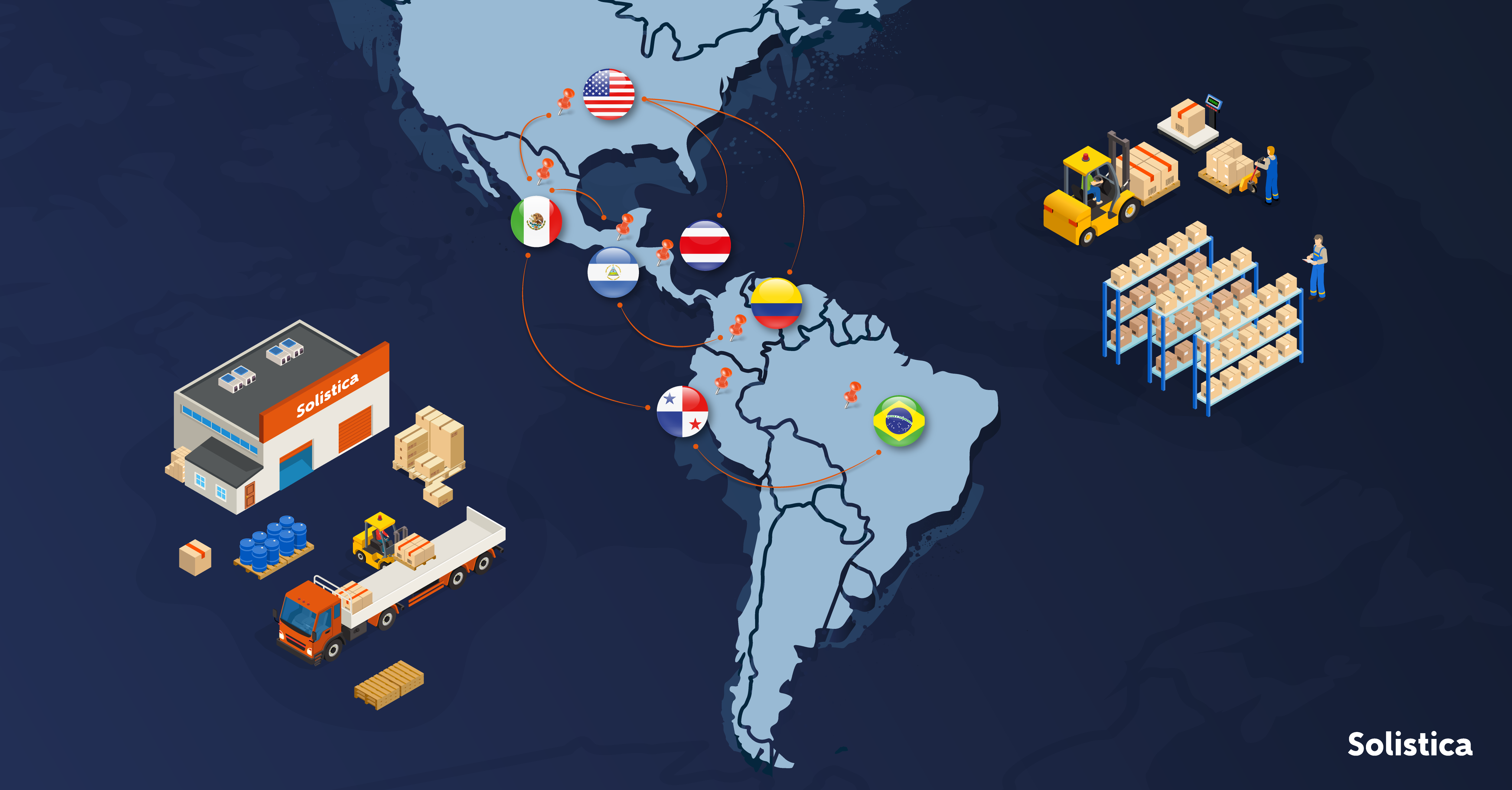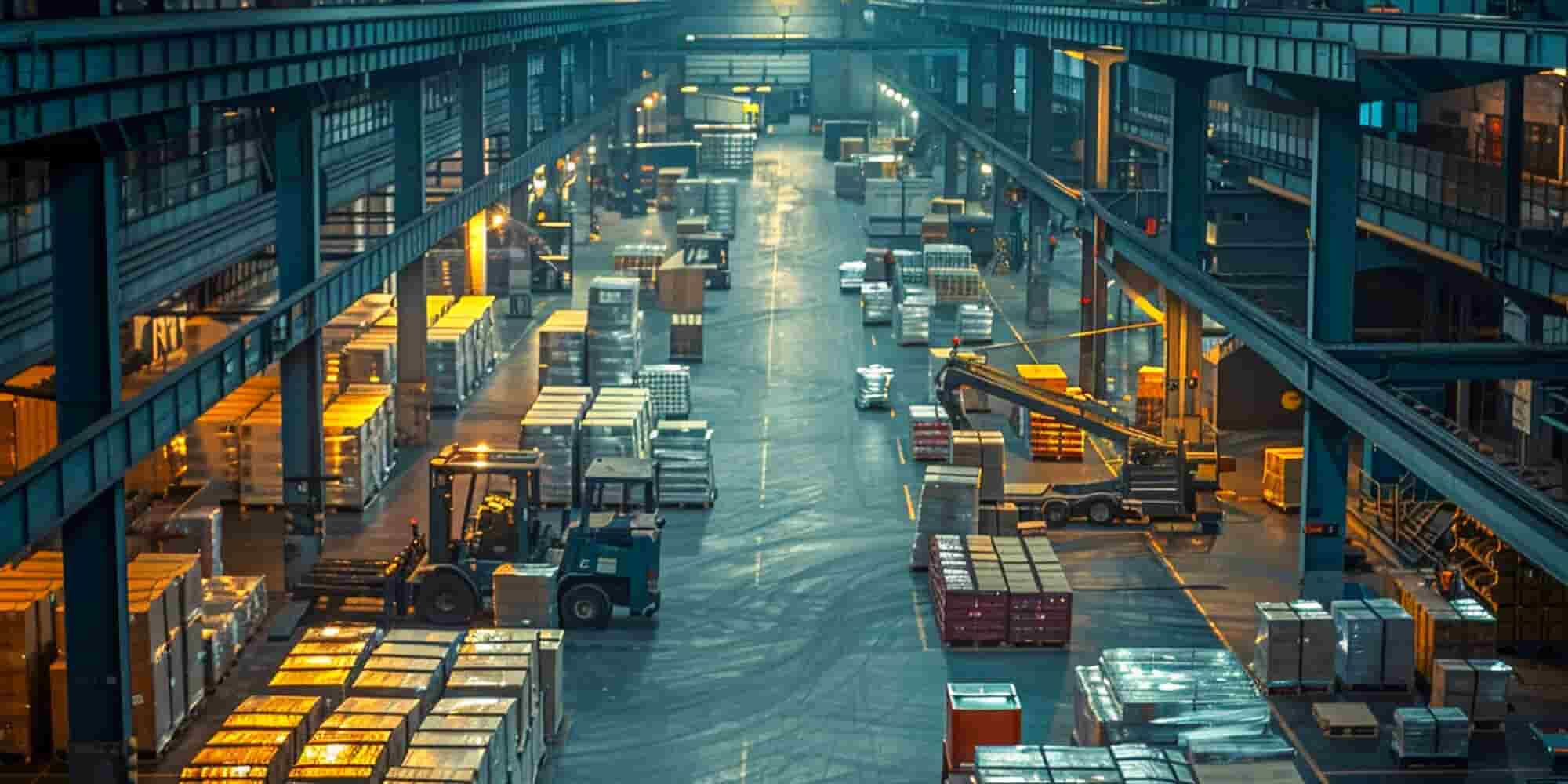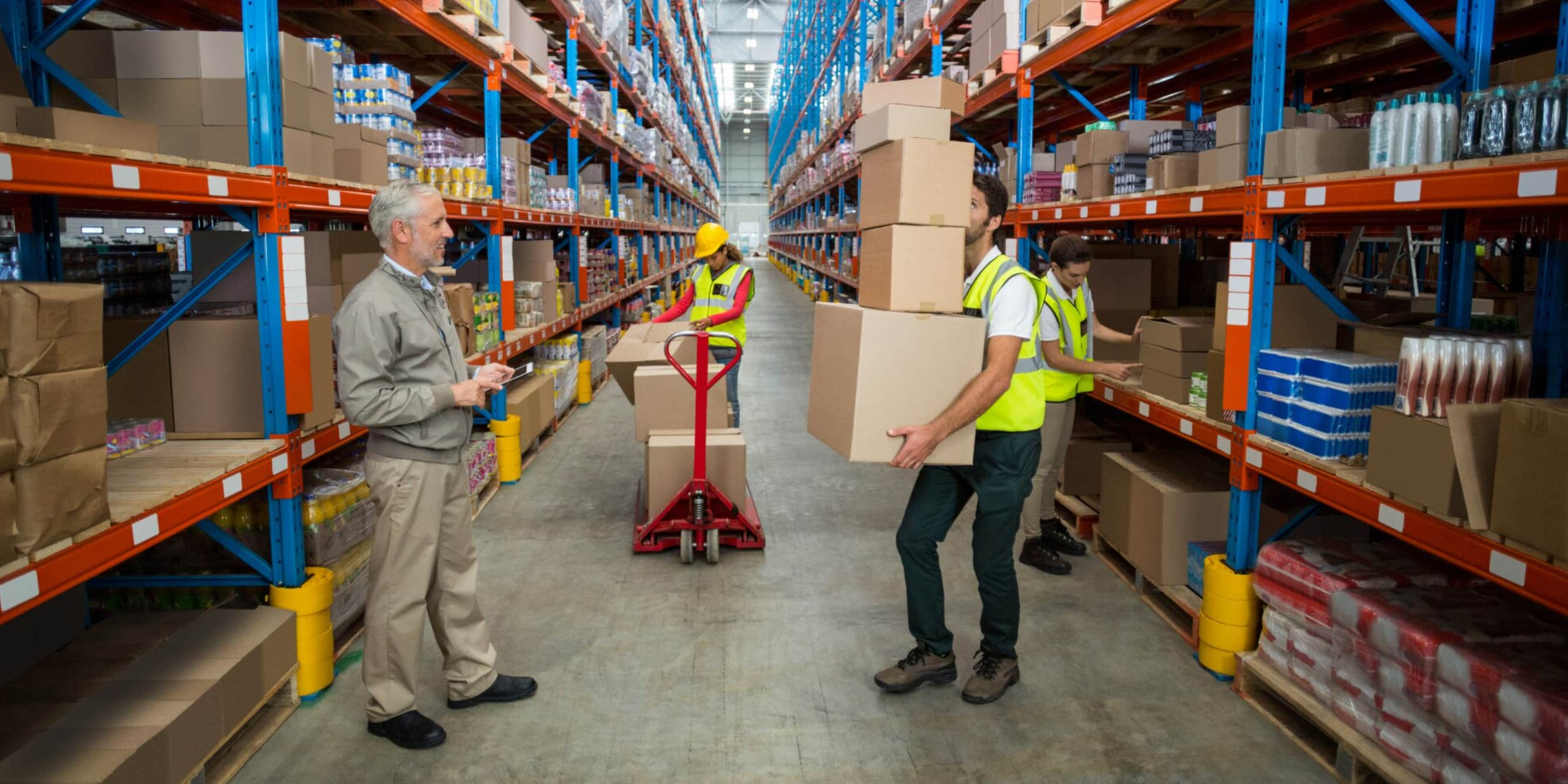Latin America has experienced significant economic growth over the past two decades, primarily driven by the export of commodities. However, the region’s productivity and global competitiveness remain low compared to developed countries and some emerging Asian economies.
One of the factors explaining this gap is the poor performance of the Latin American logistics and transportation sector. Let’s delve into the main challenges, structural causes, and opportunities for improvement that the industry currently presents in the region.
Logistics Performance Index
The Logistics Performance Index (LPI) published by the World Bank every two years is a global benchmark for evaluating the efficiency of national supply chains. In the 2018 version, no Latin American country was listed in the top 50.
Chile led the region in position 42, followed by Panama (45), Mexico (50), and Brazil (65). The average Latin American scores have changed little since 2007, and have even slightly regressed in key dimensions such as infrastructure quality, logistics competition, and the ease of arranging shipments at competitive prices.
Clearly, the region has a long way to go to approach the standards of developed economies like Germany, Japan, or Singapore.
Main structural problems
Some of the main structural problems of the sector in Latin America include:
- Poor land transport infrastructure: lack of roads, railways, ports, and high-performance airports to mobilize cargo.
- Burdensome customs and border procedures: excess bureaucracy and paperwork to carry out imports and exports.
- Shortage of trained human resources: lack of technicians and professionals trained in global best practices in logistics management.
- Low competition and formalization: prevalence of small and informal carriers and logistics operators who do not invest in technology or processes.
- High costs: moving goods in Latin America can cost up to 3 times more than in efficient economies. This impacts export competitiveness.
On the other hand, specialists agree that one of the main obstacles to improving the sector’s performance are erratic or simplistic public policies, the lack of long-term strategic vision, and weak State-Company coordination in logistics matters. All this translates into half-hearted reforms and little public and private investment to modernize the sector.
Priority Actions
Despite the complex scenario described, various regional actors identify some key actions that could begin to positively reverse the situation:
- Institutional development: create professional agencies that design and lead state logistics policies, with strategic vision and isolation from the political swings of the moment.
- Investments in infrastructure: stimulate large public-private projects to expand and technify the road, port, and airport network in Latin America.
- Trade facilitation: simplify regulations and digitize procedures to speed up import/export processes at ports and border crossings.
- Promotion of competition: eliminate bureaucratic and tax barriers to facilitate the creation and formalization of new regional logistics operators.
- Capacity building: improve the quality of technical-professional and university education linked to logistics, transport, and foreign trade disciplines.
- Leveraging technologies: encourage the incorporation of digital management and traceability solutions in supply chains.
Opportunities for Repositioning
Beyond the existing challenges, Latin America has interesting geostrategic assets and comparative advantages to become a global logistics power in the next decade.
For example, its equidistant location between the main poles of production and consumption on the planet positions it as an ideal platform to develop mega transportation and distribution hubs that connect East-West and North-South flows.
Likewise, the region possesses extraordinary natural and energy riches to sustain supply chains: copper, lithium, gas, oil, and even hydroelectric capacity to provide clean electricity at low cost to large logistics centers.
Clearly, a paradigm shift is urgently needed where logistics is no longer seen as a cost or problem to minimize, and is conceptualized as a strategic sector capable of driving export development, regional integration, and the sustainable creation of qualified jobs.
Logistics Infrastructure:
The quality of the infrastructure is the pillar that supports the efficiency, speed, and reliability of any logistics system. Therefore, it constitutes one of the main pending issues that Latin America currently faces to develop all its potential as an international trade platform.
According to the most recent Logistics Performance Index of the World Bank, in the 2023 edition, European countries are the ones that show the best logistics performance. This, despite the fact that the Russian-Ukrainian conflict added additional tension to the crisis situation that logistics already presented due to the pandemic. On the other hand, African continent countries maintain lower performance, occupying the last positions of the index. Singapore leads the list of the 12 countries with the best results, with a score of 4.3, for an increase of 0.30 points compared to 2018. This is followed by Finland, with 0.23 points more than in the previous report, for a score of 4.2. Germany, Austria, Belgium, and Sweden are the only countries on this list with reductions in their score of 0.10, 0.03, 0.04, and 0.05, respectively. It is important to note that Singapore, Finland, Denmark, Germany, the Netherlands, Austria, and Belgium have remained among the top 10 positions in the last two editions of the LPI.
Clearly, Latin America is completely outside of the Asian power such as Singapore, or European ones like Finland; and even behind the vast majority of European and North American economies.
But what specifically causes these infrastructural deficiencies that complicate intraregional trade and Latin American exports?
Road and Port Bottlenecks
One of the main logistical headaches in Latin America are the frequent bottlenecks that occur on roads, railways, ports, and border crossings due to the age and lack of capacity of these facilities.
The situation is aggravated because the region still does not have enough highways, freight trains, and modern river ports to absorb the increase in foreign trade volumes. There are also no integrated border control procedures, which generate endless lines of trucks waiting to cross between countries.
Insufficient Digital Connectivity
Another deficient aspect of the regional logistics infrastructure is the low digital connectivity. While there have been advances, the adoption of 4.0 technologies such as the internet of things, big data, process automation, and blockchain is still incipient in most Latin American countries.
This digital gap not only hinders the real-time exchange of information between the different actors in the supply chains, but it also delays the incorporation of technological solutions to optimize operations.
In short, it is clear that Latin America must face an aggressive public-private investment plan as soon as possible to expand and modernize its logistics infrastructure, both physical and digital.
Otherwise, it risks losing competitiveness and influence on the global geopolitical and economic board. Asian and Middle Eastern countries are already taking a great infrastructural advantage to capture the maritime, air, and land routes that connect the main global production and consumption centers.
Urgent actions such as facilitating machinery imports, speeding up work permits, and guaranteeing long-term legal stability are crucial to attract the private investment needed in ports, airports, roads, and efficient transport systems. This decisive bet depends on whether the region can realize its ambitions to become a global logistics power.






